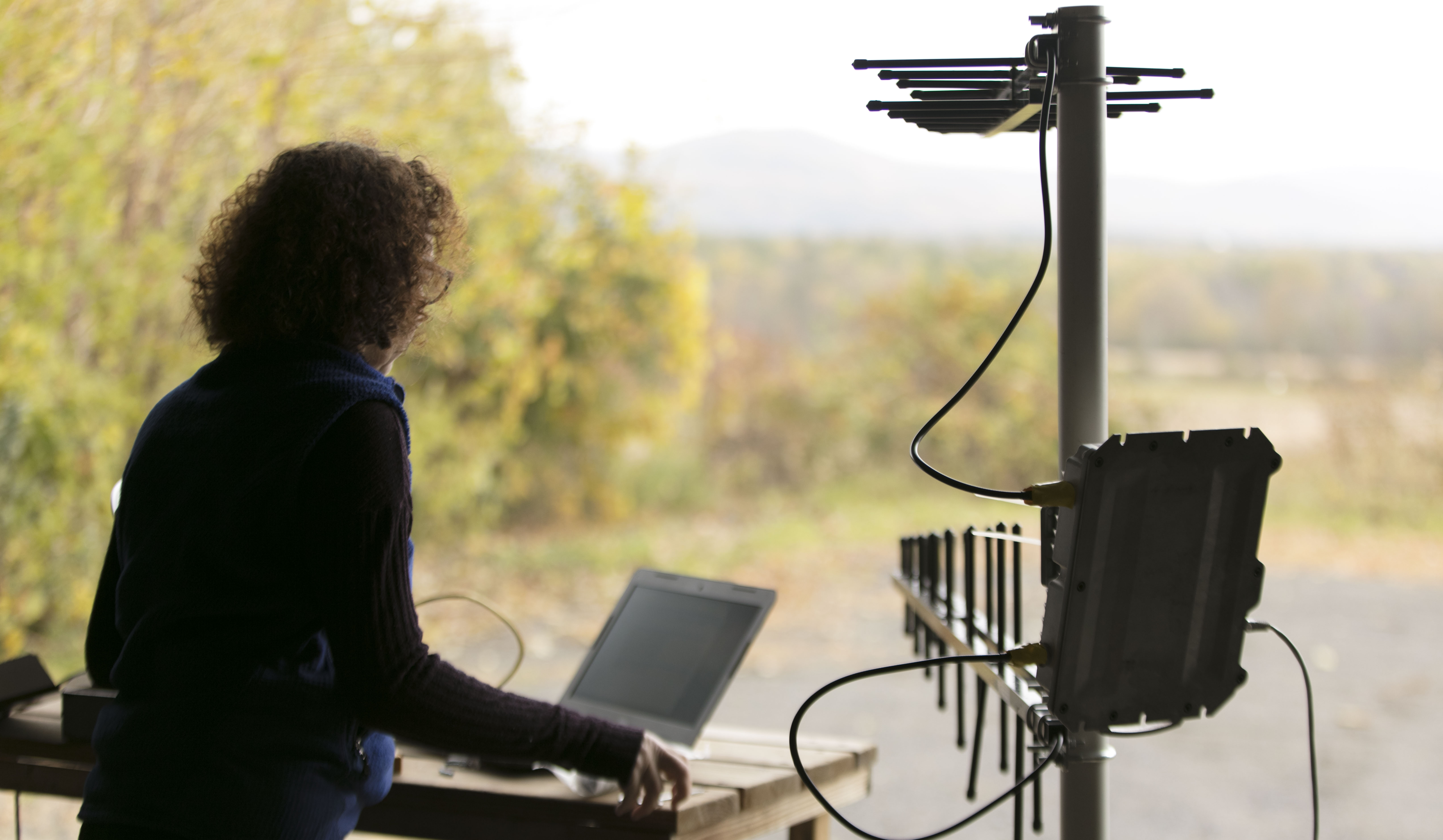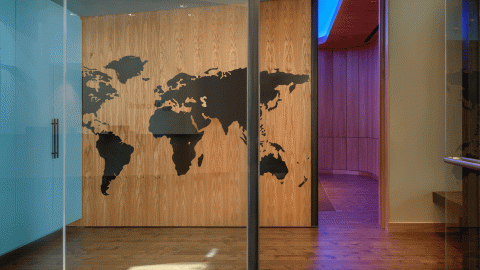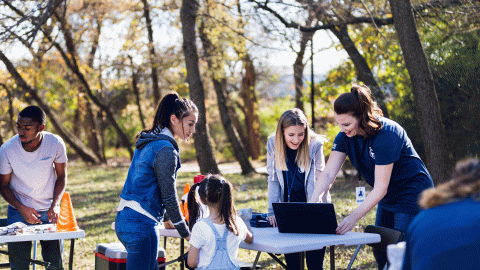
How TV white space is helping bridge the digital divide
As technology advances, it is important not to leave anyone behind. Fast, reliable internet access is now one of life’s necessities, critical to accessing telehealth solutions, pursuing an online education, using precision agriculture, or operating a small business. And while the FCC’s most recent report found that more than 21 million Americans lack broadband access, Microsoft’s data suggest that more than 162 million are not using the internet at broadband speeds.
Wireless technologies, such as TV white spaces — unused broadcasting frequencies — are critical to closing the digital divide. According to Pew Research, wired technologies such as phone landlines, cable or broadband take longer to adopt. In contrast, wireless technologies, such as radio and color broadcast television, achieved near-universal adoption within 25 years. Waiting on the deployment and adoption of wired technologies, like fiber-optic connections, to close the digital divide is not an option when so many people across the county lack access.
The Microsoft Airband Initiative is forging partnerships focused on closing the connectivity gap. It works towards providing broadband internet coverage to unserved rural Americans through work with our partners and with a mixture of innovative technologies. By July 2022, our goal is to extend broadband access to 3 million Americans across unserved rural parts of the country.
The video tells the story of how the need for reliable internet in Essex County, New York, led to a business that services the local community with help from the Microsoft Airband Initiative and solutions like TV white spaces.
Read more on the Microsoft Airband Initiative. And follow @MSFTIssues on Twitter.







